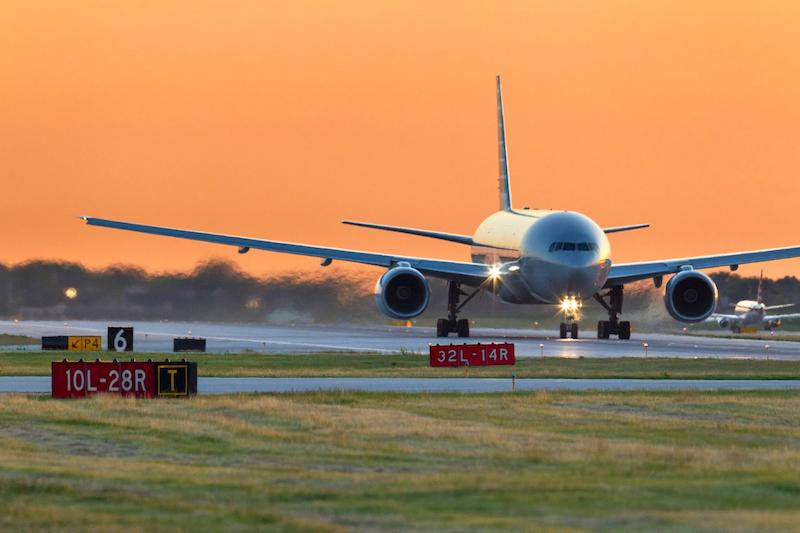U.S. Airports Face Significant Infrastructure Funding Shortfall, Says ACI-NA CEO

A higher PFC is needed to fund infrastructure projects in a country in which most airports are publicly owned and managed by municipalities, ACI-NA says.
Credit: Airports Council International-North America
GRAND RAPIDS, Michigan—U.S. airports may need a "plan B" to finance billions of dollars in needed infrastructure improvements if Congress continues to refuse to lift the passenger facility charge (PFC) cap, Airports Council International-North America (ACI-NA) President and CEO Kevin Burke says. In...
Subscription Required
U.S. Airports Face Significant Infrastructure Funding Shortfall, Says ACI-NA CEO is published in Aviation Daily, an Aviation Week Intelligence Network (AWIN) Market Briefing and is included with your AWIN membership.
Already a member of AWIN or subscribe to Aviation Daily through your company? Login with your existing email and password
Not a member? Learn how to access the market intelligence and data you need to stay abreast of what's happening in the air transport community.





